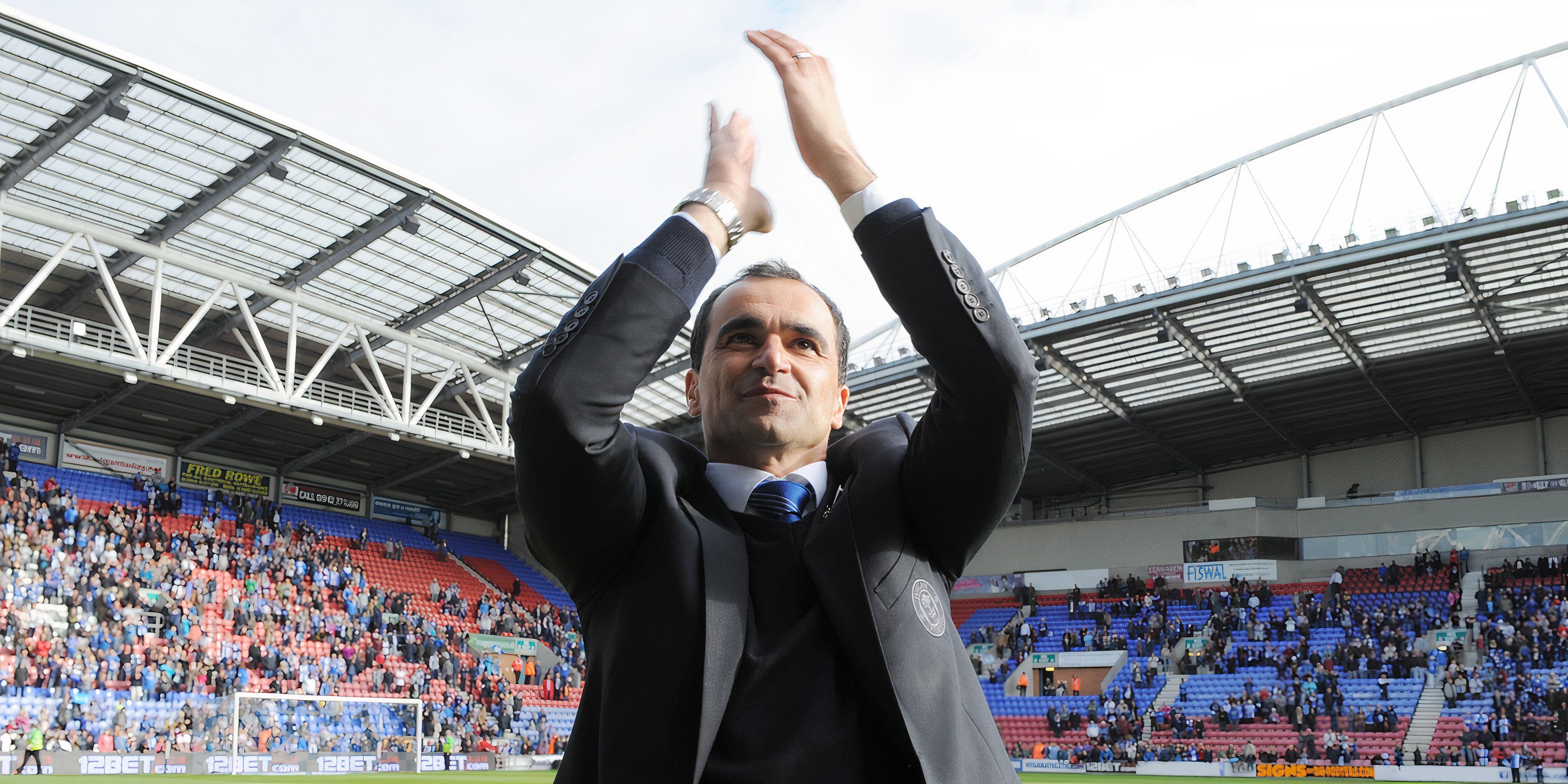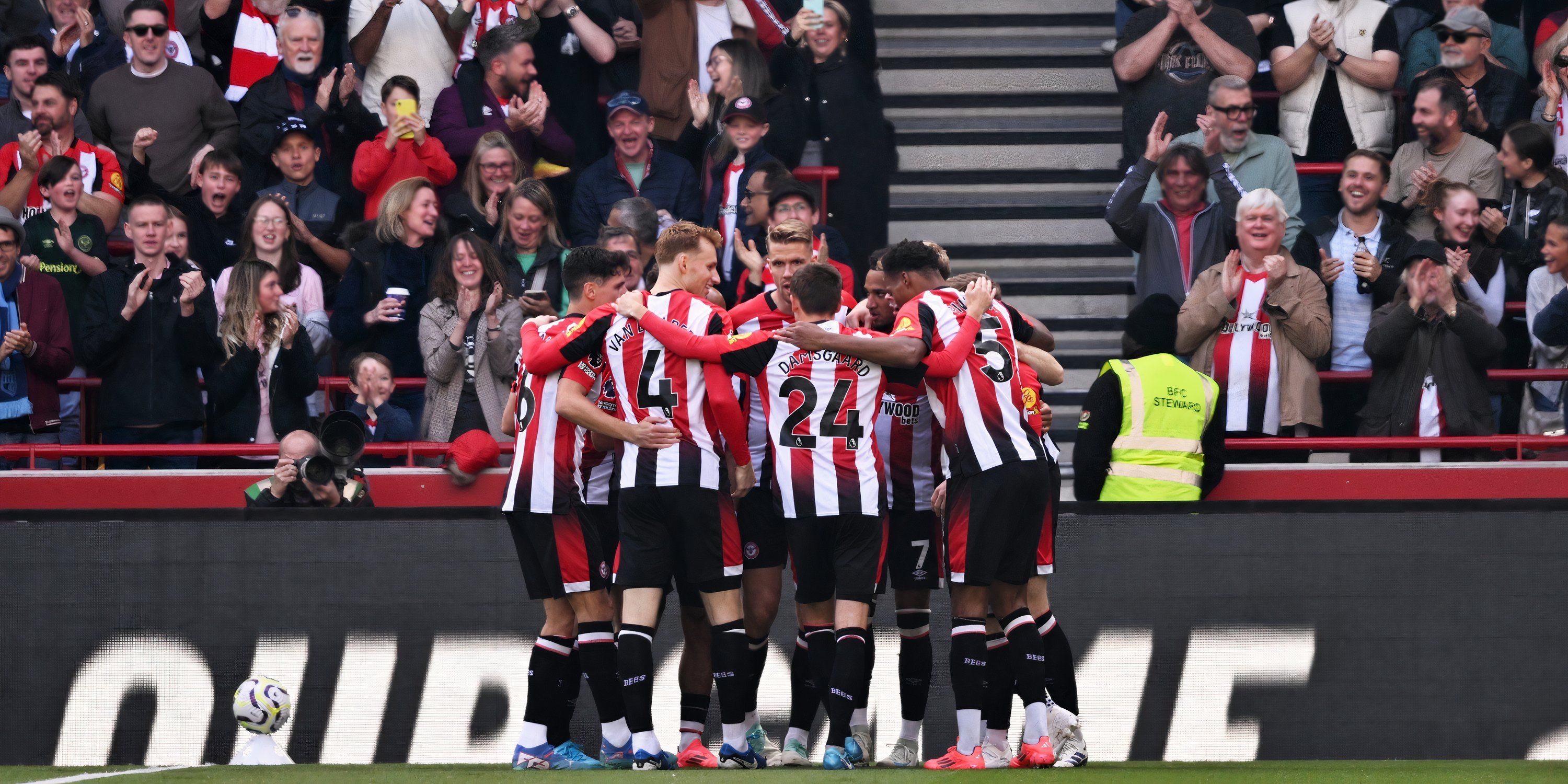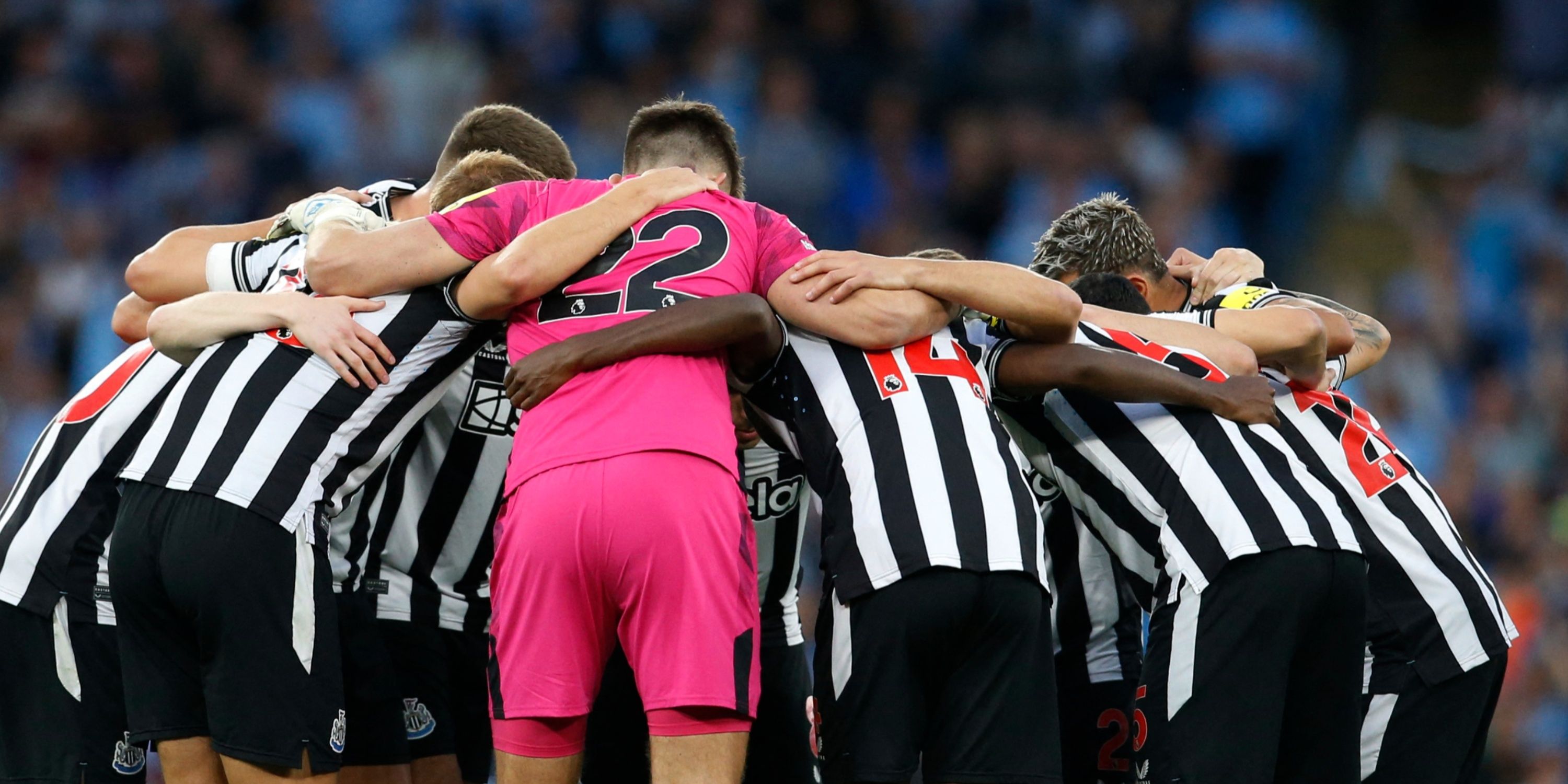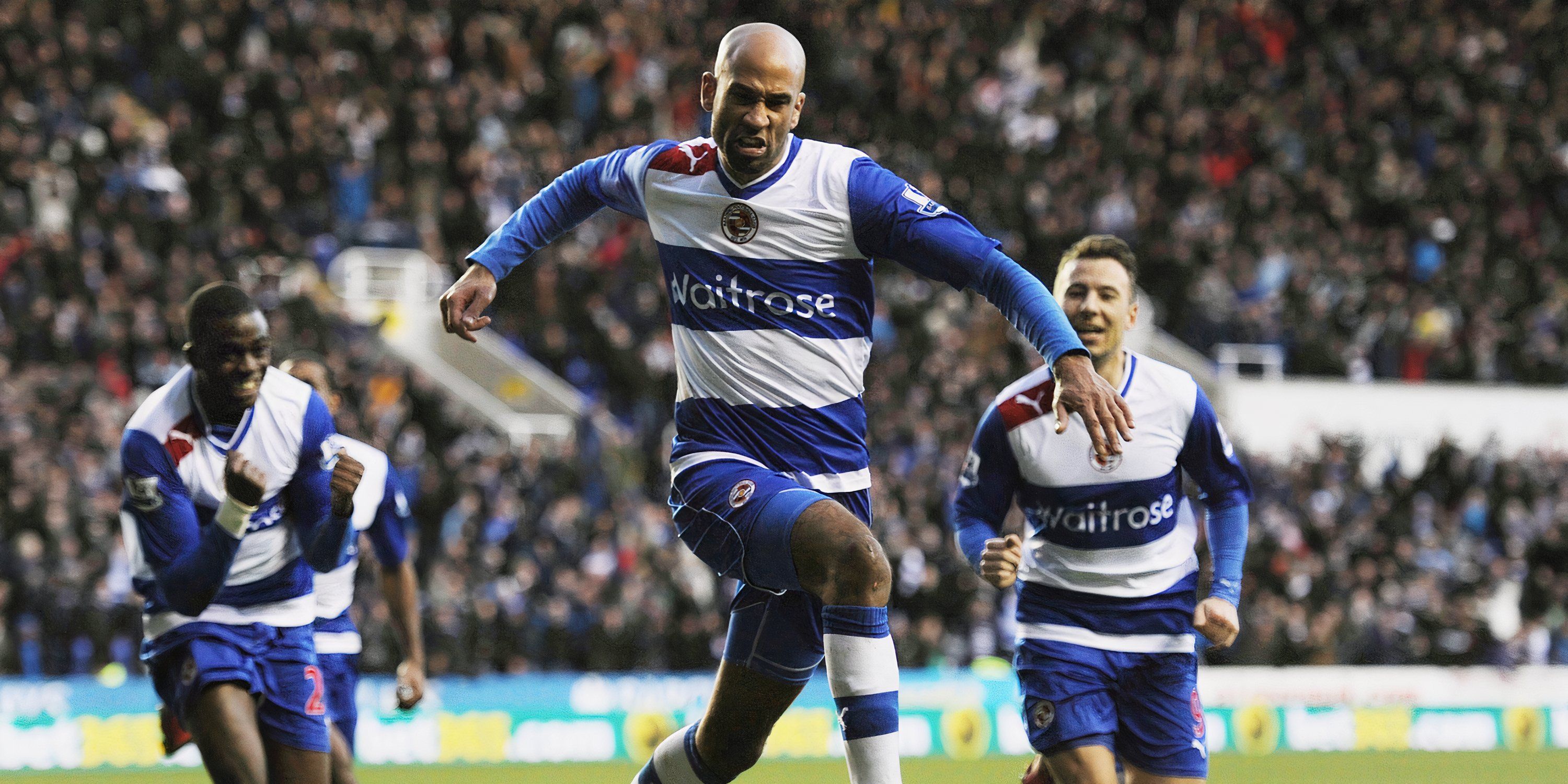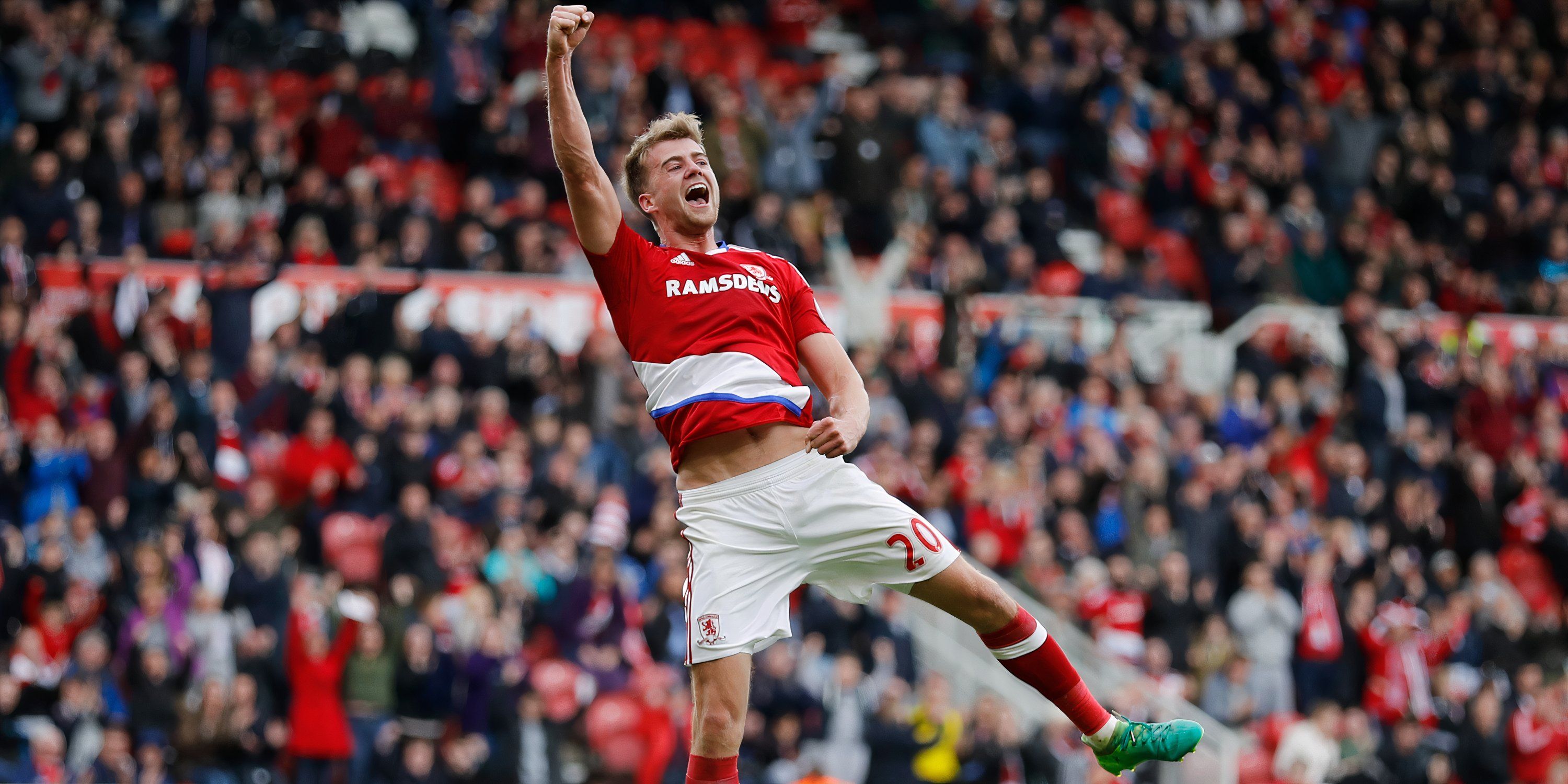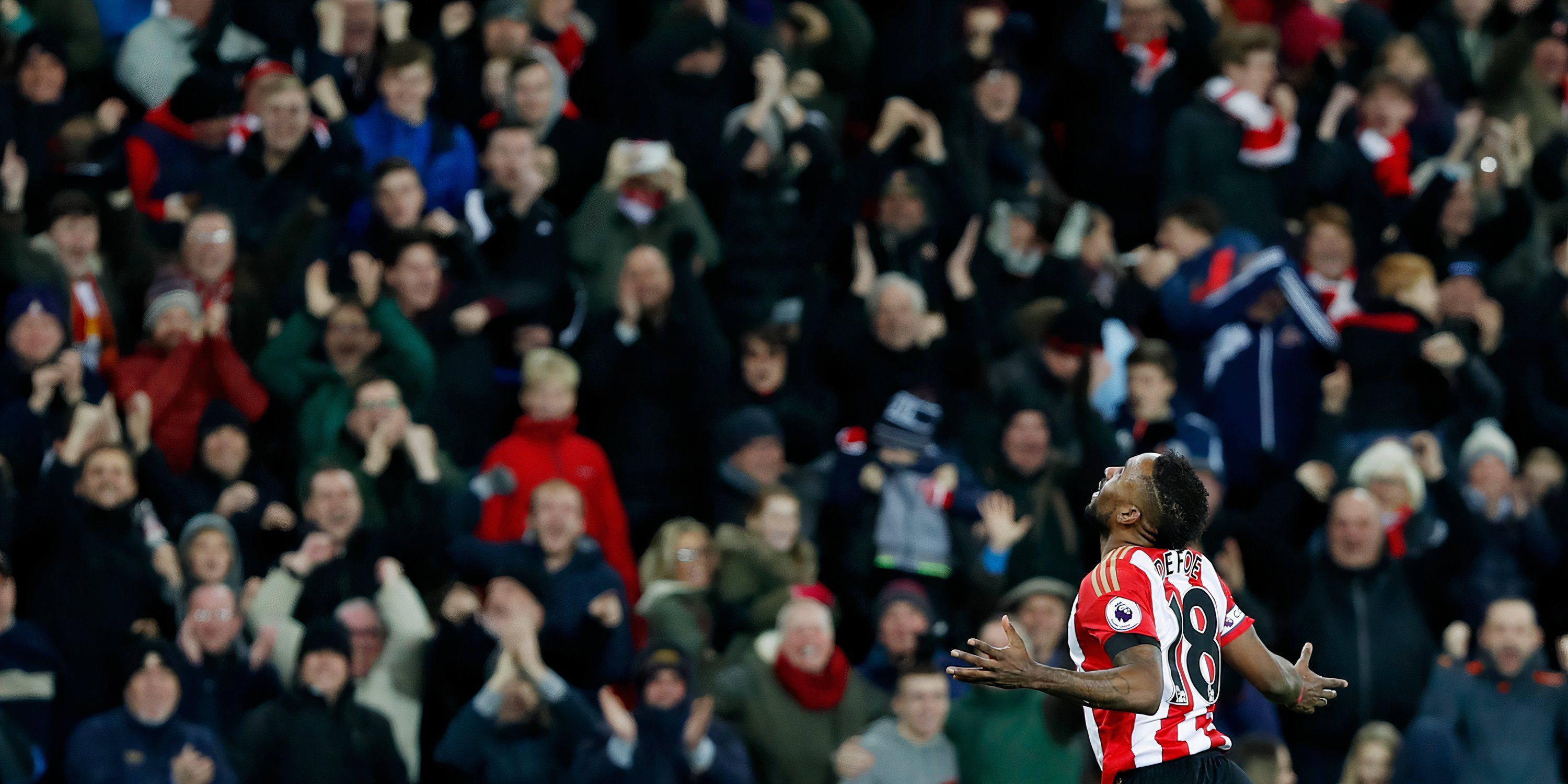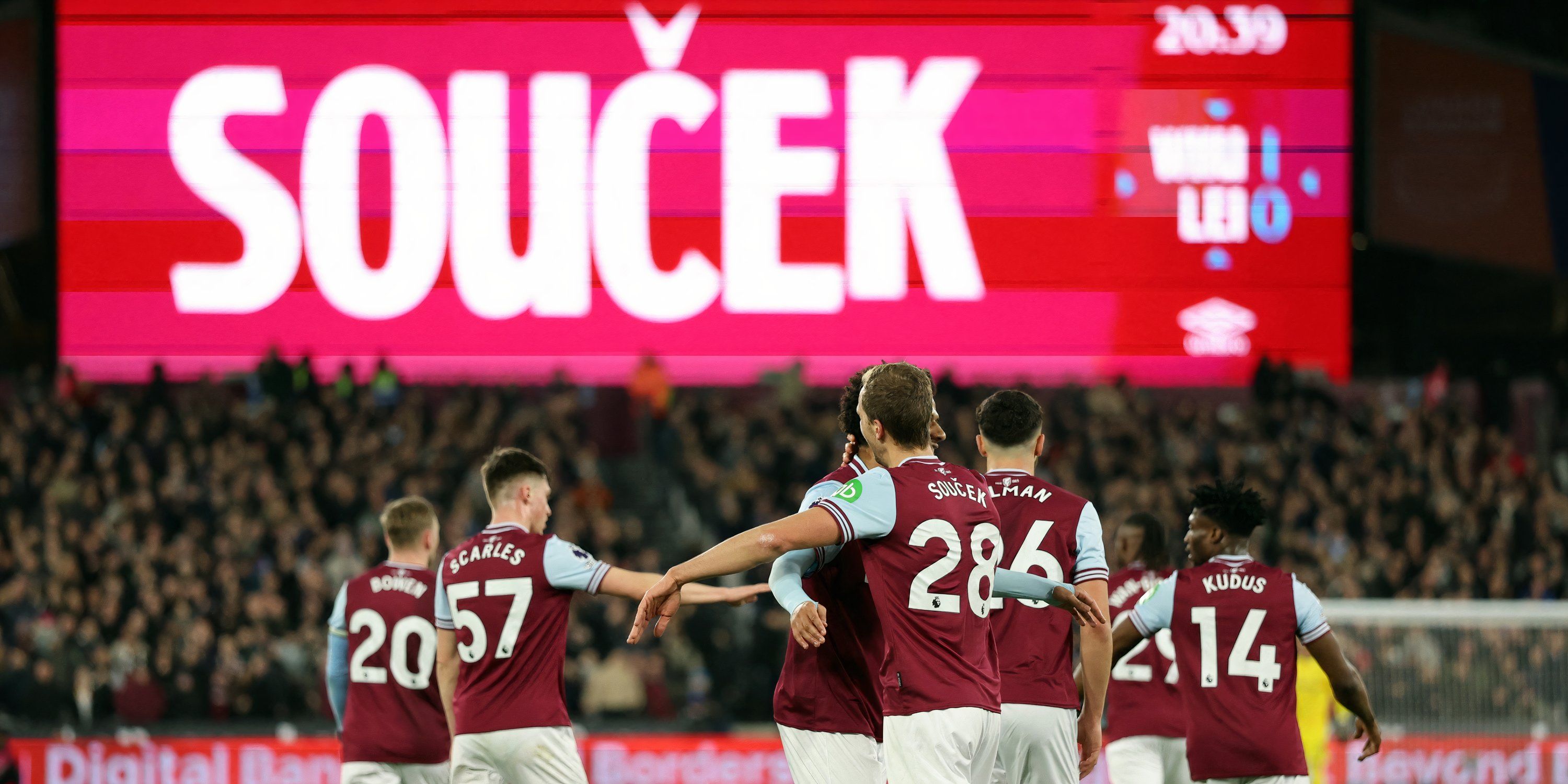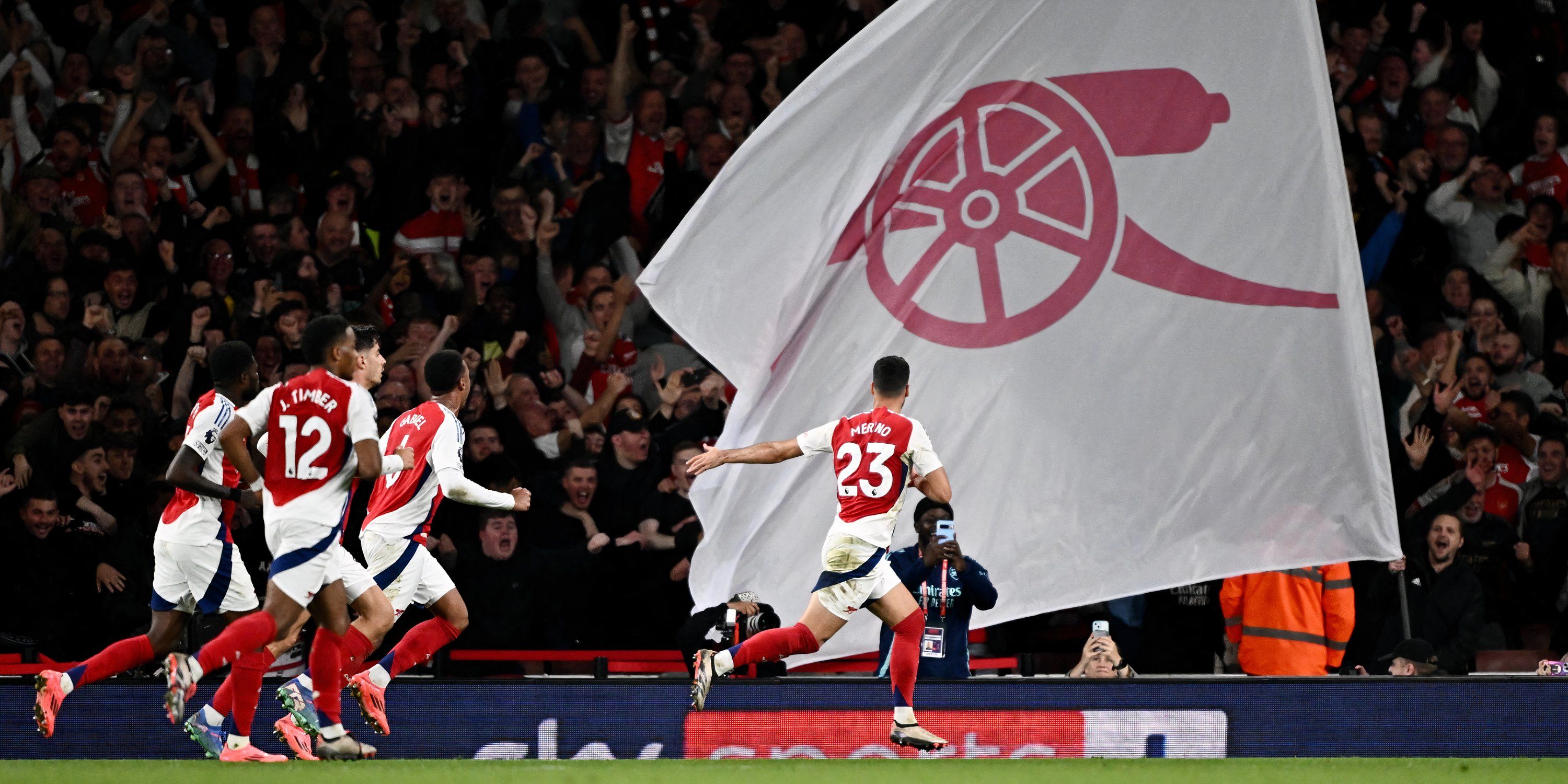
Mobile stadiums can provide new life for football teams.
Whether it means allowing thousands of fans to watch the game every week, reimagining the design to bring seats closer to the stadium, or providing players with state-of-the-art facilities, a new stadium can also change the fate of the club.
It enhances the game day atmosphere, boosts revenue and attracts top talent while providing supporters with a modern and exciting place to cheer their teams on.
Since the start of the Premier League in 1992, 19 teams have played football in the new home stadium. Some left behind places of history, while others embraced modern masterpieces, but not all moves succeeded.
Here we rank all these new stadiums based on the memorable moments they have seen since their design, atmosphere and automatic action.
Related
Best-ranked former Premier League stadium
Since the start of the Premier League in the 1990s, with the new era of football stadiums, we have said goodbye to some real magic venues.
Open: 1999
Wigan Athletic moved to Brick Community Stadium in 1999 and left Springfield Park. Formerly known as JJB Stadium, then DW Stadium, with a capacity of 25,138 on the ground, it has modern facilities to cater to football and rugby leagues.
Wigan spent eight seasons playing football at the stadium and lifted the FA Cup in 2013.
18
MKM Stadium (Hull City)
Open: 2002
A bit like Hull City’s MKM Stadium Brick House Stadium caters to the football and rugby league and is home to Hull Football Club in the Tigers and the Premier League.
Hull City, formerly known as KCOM Stadium, moved there from Boothferry Park in 2002. Six years later, they achieved a historic milestone, advancing to the Premier League for the first time in their new home game.
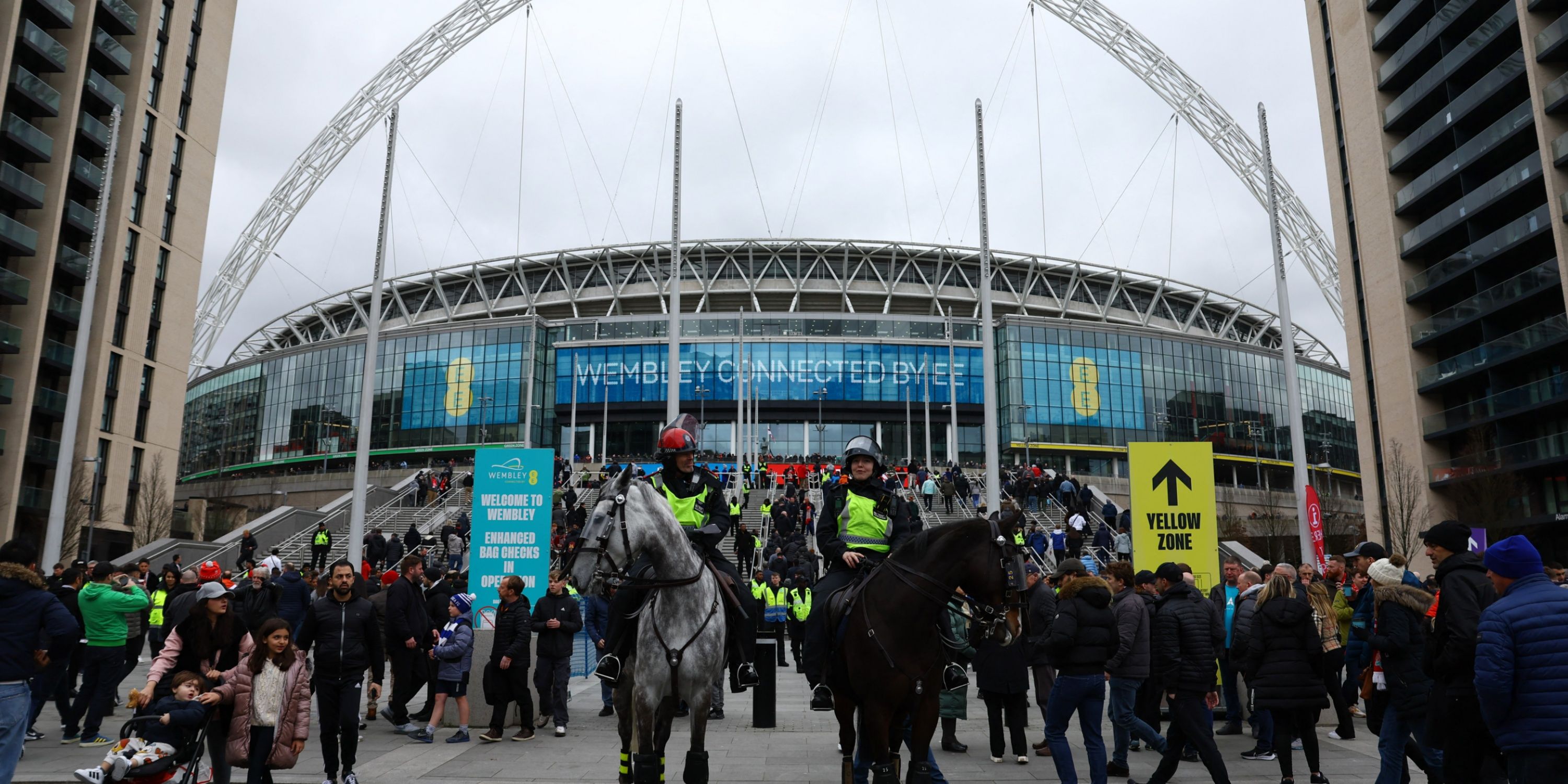
Related
The 10 largest football stadiums in the world (ranked)
Football Fancast compiles a list of the 10 largest football fields in the world.
17
swansea.com Stadium (Swansea City)
Open: 2005
Another club, whose ground is the ground for football and rugby – this time with the Rugby League Stadium Osprey – Swansea City moved to the then Liberty Stadium in 2005, leaving behind the Vick Stadium.
Now known as the Swansea.com Stadium, it has a capacity of 21,088. While undeniably advanced from the previous home in terms of facilities, it was a bit bland.
16
Cardiff City Stadium (Cardiff City)
Open: 2009
The Cardiff City Stadium opened in 2009 and replaced Ninian Park as the home of the Welsh Club. Cardiff City received a Premier League promotion in 2013, and the stadium witnessed a 0-0 draw in celebration of the match to win the Charlton Athletic title, earning top status.
It’s not a bad stadium, but it’s covered in shadows on the road’s Millennium Stadium’s even more impressive Millennium Inner.
Open: 2020
Brentford, who kept his Premier League ambitions in mind, moved to the GTECH Community Stadium in 2020 and left their long-term residence in Griffin Park.
Despite the huge success on the ground, the bees are not ranked high here due to their tiny capacity of just 17,250 – which is too small for Premier League and for a big body.
Related
All 20 Premier League stadiums are ranked by atmosphere (worst)
Rank all stadiums offered by the Premier League.
14
Madejski Stadium (Read)
Open: 1998
Reading transitioned to Madejski Stadium in 1998, leaving Elm Park behind. The Royals quickly enjoyed two of their most successful seasons in history – winning the championship in 2005/06 before finishing the Premier League eighth in their first top-tier match.
The stadium itself is decent, but it doesn’t particularly stand out from the crowd.
13
St. Mary’s Stadium (Southampton)
Open: 2001
Southampton moved to St Mary’s Stadium from their historic home in Dell in 2001.
St. Mary, though larger, has a capacity of 32,384, but lacks the unique atmosphere that makes Dell so special. Additionally, its location in the suburbs of Southampton can make it a little disconnected from the city center, which can affect the game day experience.
12
Pride Park (Derby County)
Open: 1997
Derby County moved from the baseball field to Pride Park in 1997.
Strangely, its design is actually similar to Riverside Stadium, which opened a few years ago – it turns out to be very similar: a large, modern and neat stadium usually lacks a strong atmosphere and aesthetically does not leave a particularly lasting impression.
11
Riverside Stadium (Middlesburg)
Open: 1995
The Riverside Stadium in Middlesbrough has a capacity of 34,742, and the club moved from Ayresome Park in 1995 and is currently one of the largest in the UK outside the British Major League.
However, Big is not always better, as the stadium can feel too big at times, especially when dissatisfied. Still, it looks good and is home to Boro’s historic match to the UEFA Cup final in 2006.
10
Toughsheet Community Stadium (Bolton Wanderers)
Open: 1997
Once home to Jay-Jay Okocha, your legendary players like your Djorkaeff and Ivan Campo, Toughsheet Community Stadium (formerly Reebok Stadium) became the home of the Bolton Wanderers in 1997 after moving out of Burnden Park in 1997.
During the club’s peak in the Premier League, the ground is often seen as a fortress, and Bolton often ends at the mid-table and competes in European competitions.
9
Bet365 Stadium (Stoke City)
Open: 1997
The city of Stock, formerly Britannia Stadium, moved from Victoria to Bet365 Stadium in 1997. During the Premier League, Stoke made the stadium a well-known “hard place” and the team feared the infamous “Stoke’s cold, rainy night” – facing the tough defender and the legendary long-term of Rory Delap, making it a formidable place.
Yet despite its reputation, the stadium still feels like some functionality compared to other top reasons.
8
Etihad Stadium (Manchester City)
Open: 2002
Manchester City moved to Etihad Stadium from Maine Road in 2003. Manchester City Stadium was originally built as part of the city’s 2002 Commonwealth Games.
Since then, the Stadium is arguably the best football team in the world, witnessing the sport’s most compelling achievement, with only the historic European trebles earned under Pep Guardiola in the 2022/23 season.
The problem, however, is that, as the nickname suggests, “Empty Hard” is rarely full, and empty seats sometimes damage the otherwise impressive atmosphere.
7
Kings Electric Stadium (Leicester City)
Open: 2002
Leicester City moved from Filbert Street to King Power Stadium in 2002, where the club achieved unthinkable places by winning the Premier League title in 2015/16 – cementing its position in club history as a location for one of the greatest losers stories of football.
The King Power Stadium has a capacity of 32,312, and the gap between the court and the stands is small, creating a wonderful atmosphere.
6
Light Body (Sunderland)
Open: 1997
Sunderland moved to the ray body from Roker Park in 1997. Its capacity is 49,000, overshadows most Premier League stadiums.
The full view can be seen, but attendance has been hit in recent years, the club’s decline has declined, and they have been in the first league for four years and are now in the championship.
5
John Smith’s Stadium (Town of Huddersfield)
Open: 1994
Huddersfield Town moved from Leeds Road to John Smith’s stadium in 1994.
Designed by Populous – the same company behind the state-of-the-art stadium of Totterham Hotspur – the ground has striking and unique architecture, most notably the metal arches sitting in the stands and bring a unique touch to the design, even 30 years.
However, the name is named after the terrible drink.
4
London Stadium (West Ham United)
Open: 2012
Originally built for the 2012 Olympic Games, West Ham United moved to the London Stadium in 2016, leaving behind the iconic Boleyn ground.
While the ground is certainly large (it has a capacity of 60,000) and offers all the modern amenities you’d expect, the running tracks around the course can keep the action far from the stands, often resulting in a flat atmosphere, especially compared to the intense, intimate atmosphere of the club’s former home.
3
Amex Stadium (Brighton & Hove Albion)
Open: 2011
Brighton and Hove Albion moved to the 30,750 amex Stadium in 2011 and bid farewell to their former home, the Westdean Stadium.
The move is upgraded in all senses: more seating, better locations on the Sussex Hills, and a stylish, bowl-shaped design with striking color lighting that places it on some of Europe’s best stadiums.
2
UAE Stadium (Arsenal)
Open: 2006
Arsenal left Highbury in 2006 and moved to the Emirates Stadium, one of the most impressive and pleasing stadiums in today’s world football matches.
With a capacity of 60,704, it offers world-class amenities including state-of-the-art hotel suites and top player amenities. Initially Emirates lacked the intimate atmosphere of Gauhaibury, but in recent years, the atmosphere has evolved to one of the best in the league as the club rediscovered its state in the form of Mikel Arteta.
1
Tottenham Hotspur Stadium (Tottenham Hotspur Stadium)
Open: 2019
Tottenham Hotspur Stadium is currently the best stadium in English, if not European football, it is a work of art.
The seats in the house are not good. These amenities, including spacious meetings, a rich bar and a variety of food vendors, are second to none; the grounds look beautiful inside and outside.
Plus, it even has its own brewery inside. If that’s not enough to convince you that the best stadium is now, then we’re not sure what will happen.
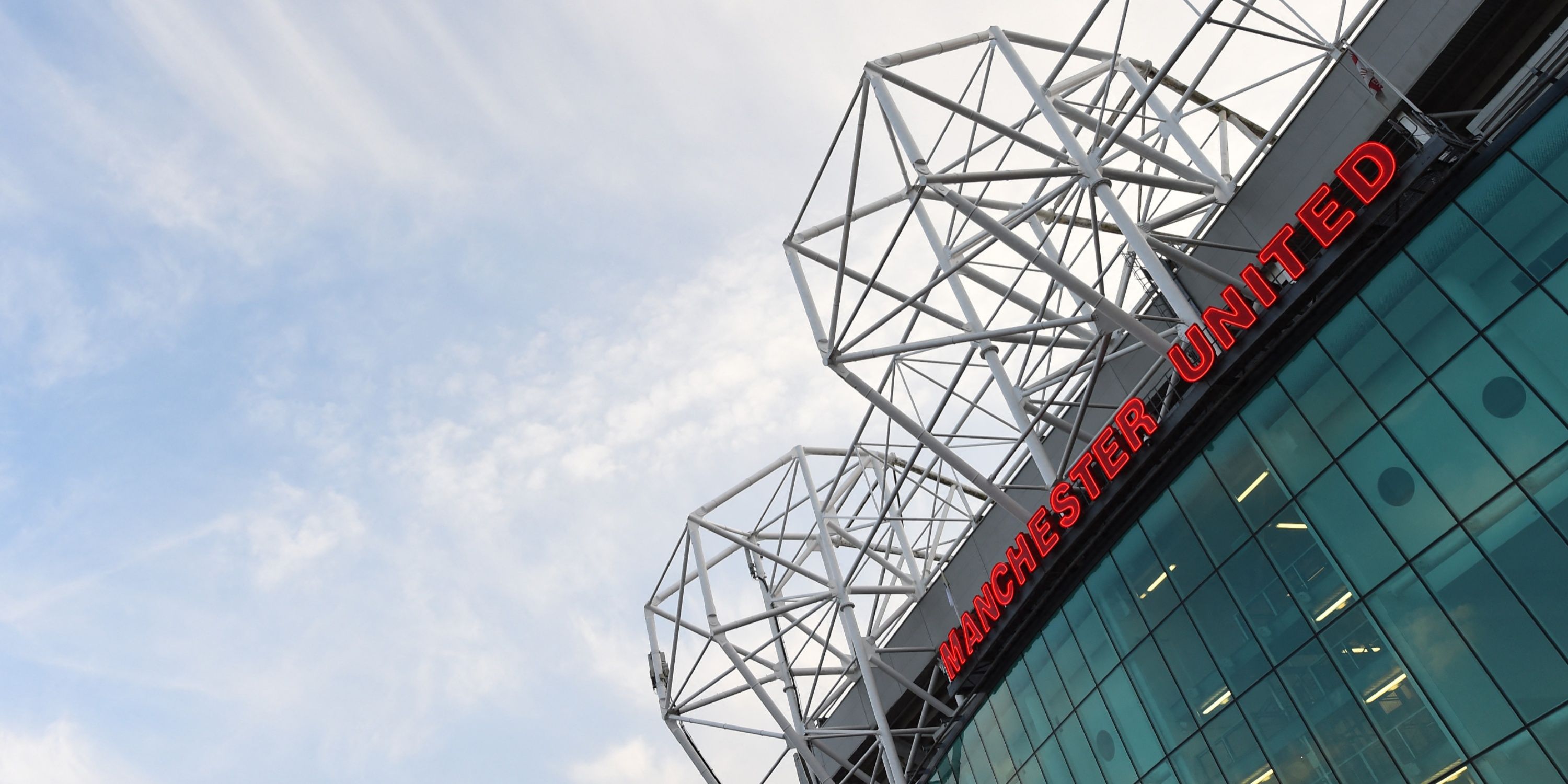
Related
The 10 largest football stadiums in the UK (ranked)
Football Fancast compiles a list of the 10 largest football stadiums in the UK.
Source link
